Why B2B Firms Need Web Marketing Graphic Designers

In the fast-paced digital world, where attention is fleeting, a web marketing graphic designer plays a crucial role in capturing the spotlight.
Today, marketing isn’t just an option—it’s the backbone of any successful business. But more than flashy tactics or clever slogans, it’s the visual experience that connects a brand with its audience.
“Design is the silent ambassador of your brand.” – Paul Rand.
A well-executed digital marketing strategy isn’t complete without a designer who understands the power of visuals. From building brand awareness to perfecting website design, these creative professionals play a vital role in ensuring marketing messages resonate effectively.
Want to discover how a graphic designer can significantly impact your online presence? Read on.
Key Takeaways:
The Role of Web Marketing Graphic Designers in B2B

Web marketing graphic designers create visual content that goes beyond aesthetics, producing designs that effectively communicate the essence of the business.
Creating Compelling Visuals
This is how graphic designers craft visuals that attract and retain B2B clients:
- Understand the Target Audience – designers tailor visuals based on the specific needs and preferences of the target audience.
- Maintain Brand Consistency – ensuring that every design element aligns with the brand identity builds trust and recognition.
- Simplicity and Clarity – simple, straightforward designs prevent confusion and keep the focus on key messaging.
- Effective Use of Color – strategic color choices evoke emotions and guide users’ attention to important elements.
- Professional Typography – well-chosen fonts enhance readability and communicate the brand’s tone and professionalism.
- Data Visualization – designers transform complex data into visually engaging and easy-to-understand formats.
- Responsive, Inclusive, and Accessible Design – graphics are optimized for all devices, ensuring an inclusive user experience.
- Purpose-Driven Design – every design element serves a specific function, guiding users toward conversion.
- Quality Imagery – high-resolution, relevant images enhance the brand’s professional appearance and storytelling.
- Test and Get Feedback – designers constantly refine visuals based on user feedback to improve performance.
- Storytelling Approach – visuals help narrate the brand’s story in a way that connects emotionally with the audience.
- Calls-to-Action (CTA) – well-placed CTAs in visuals guide users toward taking specific, desired actions.
Enhancing Brand Identity
A strong and cohesive brand identity highlights the importance of graphic design for B2B firms, shaping how their audience perceives their brand across all touchpoints. Below are key areas where design impacts brand perception:
| Type | Impact on Brand Perception |
| First Impressions | Establishes immediate trust and professionalism, influencing customer decisions within seconds of interacting with the brand. |
| Brand Identity and Personality | Shapes how audiences perceive the brand’s values, tone, and personality through visual elements. |
| Consistency Across Platforms | Ensures a cohesive experience across all digital and physical platforms, building brand recognition and trust. |
| Cultural and Symbolic Context | Incorporates cultural relevance and symbolism that resonate with diverse audiences, enhancing emotional connection. |
| User Experience (UX) Design | Improves ease of use and navigation, increasing user satisfaction and brand engagement. |
| Adaptability and Innovation | Keeps the brand modern and competitive by adapting designs to emerging trends and technologies. |
| Social Media and Virality | Promotes shareable, engaging content that increases the likelihood of going viral and reaching broader audiences. |
| Competitive Differentiation | Creates unique design elements that set the brand apart from competitors, offering a clear value proposition. |
| Measuring Impact and Iteration | Continuously evaluates design effectiveness and adapts based on performance metrics to optimize brand perception. |
Improving User Experience (UX)
User experience is everything in B2B web marketing; design directly impacts how users interact with your site.
Effective graphic design makes navigation intuitive, keeps content accessible, and helps users find what they need without frustration.
Bad design can drive away nearly 88% of users who experience a poorly functioning and non-friendly website.
Simply incorporating responsive, inclusive design elements, web marketing graphic designers create a seamless experience across devices, improving user satisfaction and engagement.
When design and function come together, your website not only looks great but works efficiently to keep visitors coming back.
Key Benefits of Hiring a Web Marketing Graphic Designer
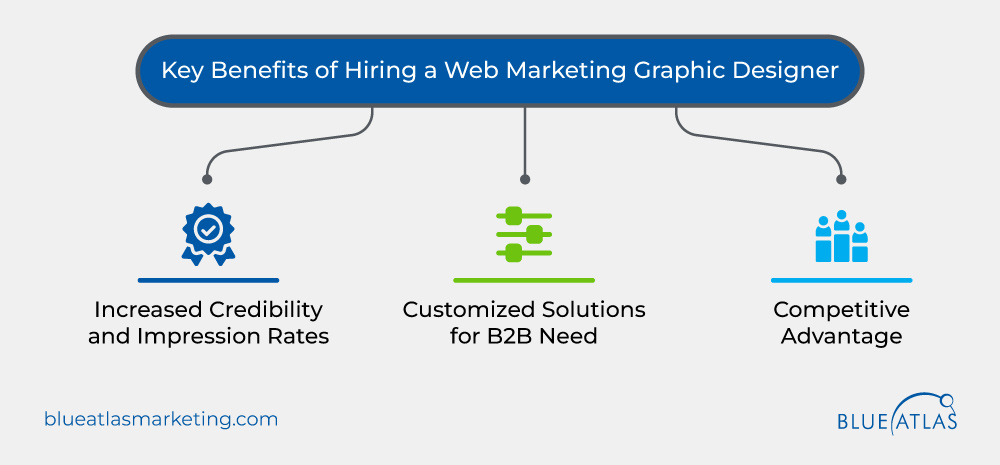
Investing in a professional website graphic designer offers B2B firms a competitive edge beyond aesthetics—directly impacting credibility, customization, and standing out in the marketplace.
Increased Credibility and Impression Rates
A well-designed website is often the first thing a potential client notice.
According to research, nearly 48% of customers judge a site’s credibility based on its design, and poor navigation leads to 42% of website abandonment.
Professional graphic designers improve user experience by ensuring clean navigation, incorporating social proof, and maintaining a visually appealing layout.
This boosts both credibility and first impressions, positioning your brand as trustworthy and reliable.
Customized Solutions for B2B Need
Every B2B firm has unique goals and challenges, and a skilled graphic designer tailors their approach to meet these specific needs.
First, from deeply researching the target audience to embracing flexibility in design to creating visuals that align perfectly with branding and business objectives.
Then, the result is a customized visual solution that clearly communicates the firm’s value proposition, allowing the design to stand out and resonate with the right audience.
Competitive Advantage
A unique design can be the differentiating factor that sets your firm apart from the competition.
Graphic designers study competitors’ storytelling, experiences, and untapped markets to create a design that stands out and highlights your firm’s strengths.
By being able to focus on what makes your brand shine, a web marketing graphic designer helps you carve out a space in the market where your firm can excel.
Essential Skills and Expertise of a Web Marketing Graphic Designer
To effectively drive B2B success, web marketing graphic designers need a unique blend of creativity, technical skills, and strategic insight.
Below are the core skills that set them apart in the B2B landscape:
Understanding B2B Market Trends
Keeping up with the latest design trends is critical in crafting visuals that feel fresh and relevant to today’s B2B audience:
| Design Trend | Description | Design Sample Image |
| 3D Type & Bubble Text | Adds depth and dimension to create more engaging and dynamic visuals. |  |
| Color Clashing | Uses bold, contrasting colors to capture attention and create visual impact. |  |
| Curve Smoothing | Emphasizes soft, flowing shapes that convey ease and modernity. |  |
| 90s Nostalgia | Incorporates playful, retro elements reminiscent of the 90s. | 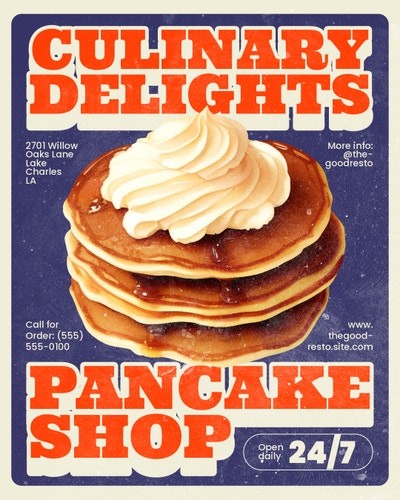 |
| Vintage Minimalism | Combines minimalist design with nostalgic elements for a timeless feel. | 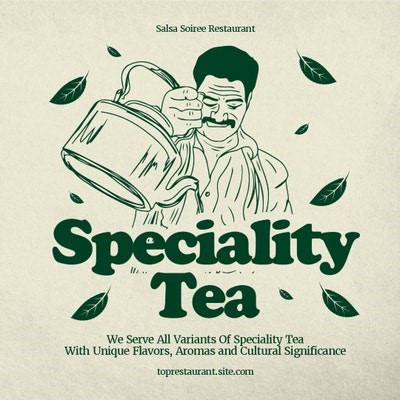 |
| Anti-Design | Embraces unconventional, experimental design choices that challenge norms. |  |
| Abstract Gradients | Smooth color transitions for a sleek, contemporary look. |  |
| Texture | Adds tactile, sensory appeal through the use of textured visuals. | 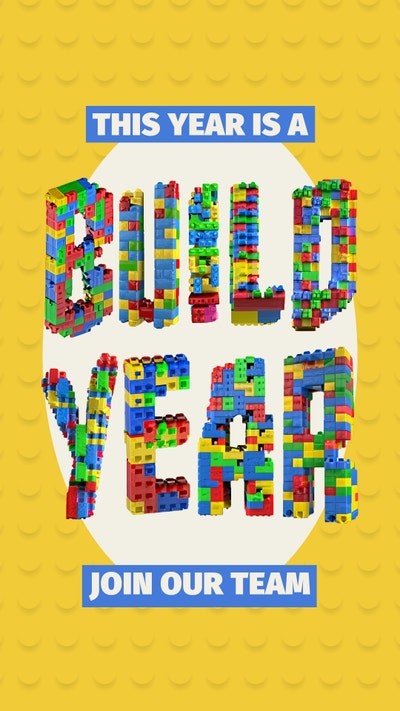 |
| Geometry | Uses geometric shapes for a clean, structured design. | 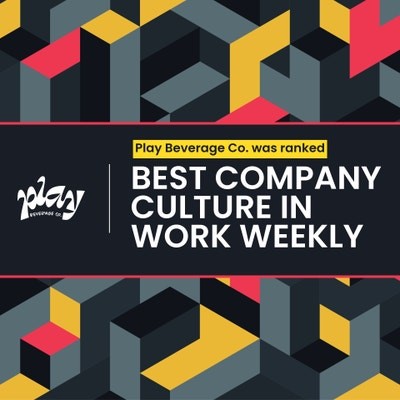 |
| Illustration & Logo Mascots | Hand-drawn elements and mascots create a more personalized brand connection. |  |
Proficiency in Design Tools
Mastery of a wide range of design tools allows graphic designers to produce high-quality work that fits different needs, from vector designs to website prototypes:
| Tools | Feature | Pricing | Users |
| Adobe Creative Suite | All-in-one suite for graphic, web, and video design. | Depending on subscriptions (Business, Individual, Student & Teachers, Schools & Universities) | Professional Designers |
| Figma | Collaborative, cloud-based design and prototyping tool. | Starter – FreeProfessional Team – $15/monthOrganization – $45/monthEnterprise – $75/month | UI/UX Designers |
| Sketch | Vector-based tool focused on interface design and prototyping. | Small Teams/Solo Designers (Standard Subscription) – $10/monthMedium-Size/Large Organization Business Subscription) – $22/monthSolo Designers (Mac-Only Licence) – $120/seat | Product Designers |
| Canva | User-friendly platform with customizable design templates. | Canva Free – $0Canva Pro (single user) – $44/yearCanva Team (three users) – $123/year | Small Business Owners/Freelancers |
| Krita | Free, open-source tool for digital painting and illustrations. | Free | Artists and Illustrators |
| Design Wizard | Provides templates and tools for quick visual creation. | Basic -$0Pro – $9.99/month | Marketers and SMEs |
| Lunacy | Vector graphic design tool with built-in assets and UI kits. | Basic -$0Pro – $9.99/month | Freelancers/Designers |
| Paint 3D | Easy-to-use tool for creating simple 3D objects and visuals. | Free (with Windows) | Hobbyists/Designers |
| Corel Vector | Free web-based design tool for creating vector graphics. | Free | Freelancers and Beginners |
| Pixlr | Cloud-based photo editing tool that’s fast and easy to use. | Basic – $1.99/monthPremium – $7.99/monthTeam – $12.99/month | Photographers and Creators |
SEO and Branding Knowledge
A web marketing graphic designer must balance aesthetics with technical SEO to ensure a website is both beautiful and functional.
Key strategies include:
(a) Contrast Ratio where designers must ensure high contrast between background and text for readability, which enhances user experience and accessibility.
(b) Spacing Between Elements that allows proper spacing between clickable elements improves navigation and prevents user frustration.
(c) Logical Hierarchy maintaining a clear heading structure helps both users and search engines understand content.
(d) Optimized Images that use modern formats like WebP and AVIF ensures faster load times without compromising quality.
(e) Responsive Design must adapt to all screen sizes, maintaining visual integrity across devices.
Common Challenges and Solutions
While web marketing graphic designers bring immense value, they often face several challenges that require strategic solutions to ensure effective and seamless design execution.
Balancing Aesthetics with Functionality
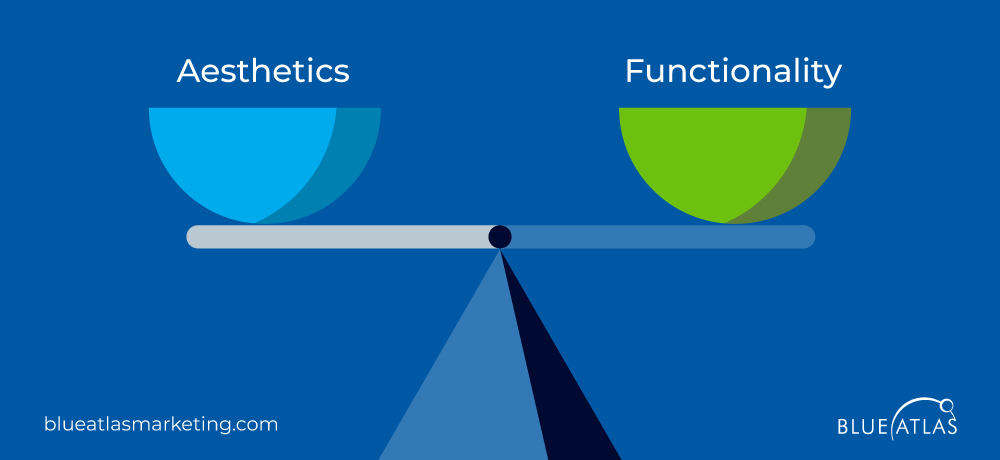
In web design, balancing visual appeal with usability is a major challenge, especially for landing pages. Aesthetic elements like color psychology, typography, and types of graphics must not overshadow practical considerations like navigation and user experience.
Gathering user feedback throughout the design process is essential to ensure that visual choices enhance usability.
Designers should also create prototypes to test how users interact with the design, allowing them to refine areas where aesthetics might compromise functionality. A good design keeps users engaged while making their journey on the site as seamless as possible.
Maintaining Consistency Across Platforms
Consistency across multiple platforms is critical to creating a cohesive brand experience.
Graphic designers must utilize style guides that outline elements like logos, fonts, and color schemes to ensure the brand looks uniform, regardless of where it’s displayed.
This consistency is vital for building trust and brand recognition. Regular testing and reviewing across platforms—whether it’s social media, websites, or email campaigns—helps keep the design optimized and uniform.
Moreover, adapting designs to suit each platform’s specific requirements ensures that the visual identity remains strong across all channels.
Working with other Teams
Coordinating with content creators, web developers, and marketers is essential for a unified content marketing strategy that amplifies a brand’s message.
Since their fields are intricately aligned, graphic designers must ensure their visuals enhance the written content, technical functionality, and overall marketing objectives.
Collaboration across platforms allows content and design to complement each other, reaching further than they would alone.
With all teams working together, one cohesive contact point can generate diverse possibilities for campaigns and projects.
This teamwork creates a consistent brand experience, saving time and reducing costs while maintaining high-quality output throughout the process.
How to Choose the Right Web Marketing Graphic Designer
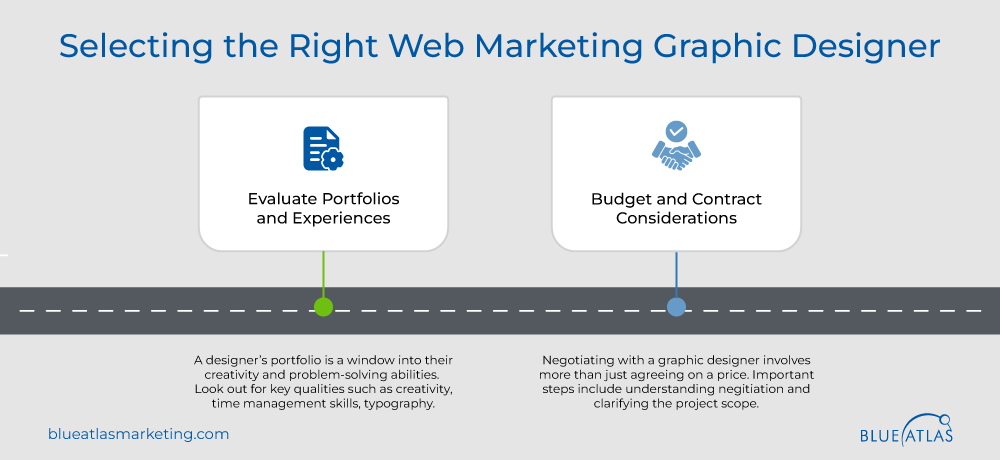
Selecting the right web graphic designer is crucial for creating visuals that look great and align with your business objectives.
Evaluating Portfolios and Experiences
A designer’s portfolio is a window into their creativity and problem-solving abilities. Key qualities to look for include:
(a) Creativity – their ability to produce unique, innovative designs that reflect the latest trends in creative graphic design.
(b) Problem-solving skills – how they’ve addressed design challenges in past projects to enhance the brand’s image.
(c) Time Management – effectively meeting deadlines to support business success.
(d) Adaptability – the ability to handle different design styles and mediums in content creation for web pages.
(e) Communication – clear and effective collaboration with teams to ensure cohesive designs.
(f) Typography – mastery of fonts and layout to elevate the brand’s image.
(g) Marketing Understanding – aligning designs with marketing goals to contribute to business success.
(h) Passion – a dedication to their craft that shows in their work and drives creative graphic design.
(i) Organizational Skills – managing multiple projects without losing focus, essential for effective content creation.
Budget and Contract Considerations
Negotiating with a graphic designer involves more than just agreeing on a price. Important steps include:
(a) Understand Negotiation – know that negotiation is expected and part of the hiring process.
(b) Clarify Project Scope – be crystal clear on what the project entails to avoid misunderstandings.
(c) Negotiate Beyond Money – discuss deadlines, revisions, delivery methods, and the fee.
(d) Be Confident – approach the negotiation with confidence and respect for the designer’s value.
(e) Follow-Up – follow up after terms are agreed upon to ensure everything is documented and clear.
Frequently Asked Questions (FAQs)
How can a graphic designer improve B2B marketing efforts?
A graphic designer enhances brand consistency, creates engaging visuals, and improves user experience through a graphic design strategy that incorporates best practices to strengthen your digital presence.
What should B2B firms look for in a web marketing graphic designer?
Look for creativity, problem-solving skills, experience with B2B markets, and a portfolio that aligns with your brand’s vision.
Can I hire a freelance graphic designer for my B2B firm?
Yes, freelancers offer flexibility and cost-effectiveness, but agencies may provide more comprehensive, long-term support.
How do graphic designers integrate SEO into their designs?
Designers optimize images, ensure responsive layouts, and maintain a clear content hierarchy—basic tasks that require collaboration with SEO professionals to effectively implement SEO strategies and improve site performance and search engine rankings.
Your B2B website serves as a vital asset for attracting clients, building trust, and driving business growth. It’s more than just an online presence; it reflects your brand’s identity and values.
By collaborating with a skilled web marketing graphic designer, you can ensure your site is not only visually stunning but also functions seamlessly.
This professional expertise transforms your website into an engaging platform that enhances user experience and strengthens your brand’s credibility, ultimately setting the foundation for lasting success and meaningful connections with your audience.
Invest in your website today for a brighter business future.
Want to enhance your brand and gain a competitive edge?
At Blue Atlas, we know how important it is to deliver a powerful message that grabs the attention of your potential customers. With our tailored graphic design services, we can help you redesign your website to stand out in the B2B market.
Reach out to Blue Atlas today, and let’s create something that truly speaks to your audience.





